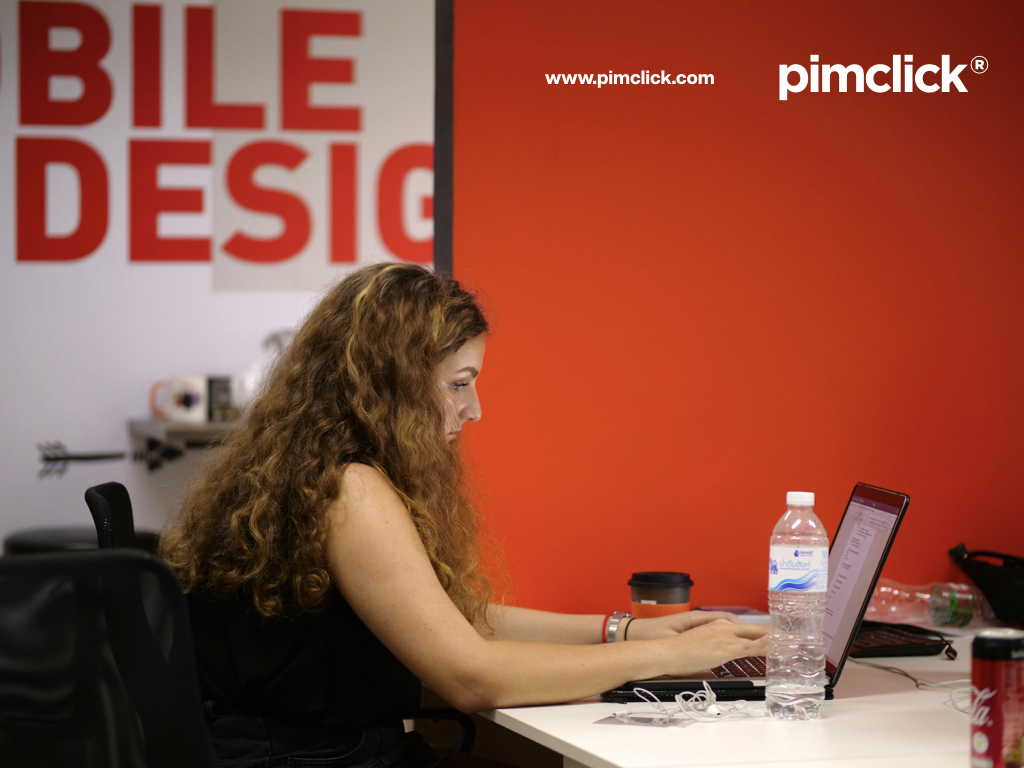
How to conduct user research and incorporate user feedback into the design process
It is critical to conduct user research and incorporate user feedback into the design process in order to create a product that meets the needs and desires of its intended users. Designers can make informed decisions about product design and development by gaining a deep understanding of the user through research.
Incorporating user feedback throughout the design process can also help to ensure that the final product is not only functional but also meets the user’s needs. The process of conducting user research and incorporating user feedback into the design process will be discussed in this article.
Conducting User Research
The first step in understanding the user’s needs and desires is to conduct user research. Interviews, surveys, and observations are all methods for conducting user research.
Interviews are an excellent way to gain a thorough understanding of the user. They can take place in person, over the phone, or through video conferencing. Designers can use open-ended questions during interviews to learn about the user’s needs, wants, and pain points.
Another method for conducting user research is through surveys. Surveys can be used to collect a large amount of data from a group of users and can be administered online or in person. They can be used to collect data on user demographics, behavior, and attitudes.
Designers use observations to observe and record users as they interact with a product or service. This method can be used to learn more about how users interact with a product, what they find difficult and what they enjoy.
After conducting user research, the data collected can be analyzed to identify patterns and insights. These insights can be used to help shape the product’s design and development.
Incorporating User Feedback into the Design Process
In order to create a product that meets the needs of the user, it is critical to incorporate user feedback into the design process. User feedback can be incorporated at various stages of the design process, including during the research, design, and testing phases.
User feedback can be used to inform product design during the research phase. For example, if users express a desire for a specific feature, that feature can be included in the design.
User feedback can be used to iterate on the design during the design phase. For example, if users complain that a particular feature is difficult to use, the design can be tweaked to make it easier to use.
User feedback can be used to refine the design and ensure that it meets the needs of the user during the testing phase. For example, if users report that a particular feature isn’t working as expected, the design can be tweaked to address the problem.
Incorporating user feedback throughout the design process can assist in ensuring that the final product is not only functional but also meets the user’s needs.
Conclusion
Conducting user research and incorporating user feedback into the design process are critical steps in creating a product that meets the needs and desires of its target audience. Designers can make informed decisions and create a product that not only functions well but also meets the needs of the user by gaining a deep understanding of the user through research and incorporating user feedback throughout the design process. It is critical to remember that user research and feedback should be a continuous process rather than a one-time event.
To ensure that the product meets the needs of the user, designers should solicit feedback on a regular basis and iterate on the design as needed. Designers can create a product that truly meets the needs of the user and leads to a positive user experience by taking the time to conduct user research and incorporate user feedback.





Sorry, the comment form is closed at this time.